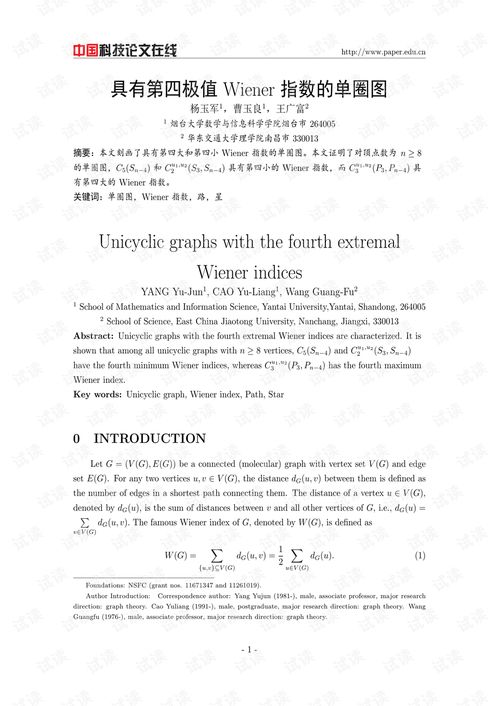Wiener Aktionismus: An In-Depth Exploration
Have you ever wondered about the avant-garde art movement that shook the art world in the 1960s? The Wiener Aktionismus, also known as the Viennese Actionism, is a movement that emerged in Austria and had a profound impact on contemporary art. In this article, we will delve into the details of this fascinating movement, exploring its origins, key figures, and the revolutionary ideas it brought forth.
Origins of Wiener Aktionismus

The Wiener Aktionismus originated in Vienna, Austria, in the late 1960s. It was a response to the prevailing artistic trends of the time, which were dominated by conceptual art and minimalism. The movement aimed to challenge the boundaries of art and push the limits of what could be considered art.
Key Figures

Several key figures played a crucial role in the development of the Wiener Aktionismus. One of the most prominent figures was Hermann Nitsch, an Austrian artist known for his controversial performances. Nitsch’s work often involved self-mutilation and the use of animal blood, which was intended to evoke a sense of shock and provoke a reaction from the audience.
Another influential figure was G眉nter Brus, a painter and sculptor who collaborated with Nitsch on several projects. Brus’s work often focused on the human body and its limitations, exploring themes of pain, suffering, and the fragility of life.
Themes and Techniques

The Wiener Aktionismus was characterized by its exploration of themes such as the human body, pain, and the limits of human endurance. The artists of this movement employed a variety of techniques, including performance art, body art, and installation art.
Performance art was a central aspect of the Wiener Aktionismus. Artists would engage in actions that were often shocking and disturbing, challenging the audience’s perceptions of what was acceptable in the realm of art. One of the most famous performances was Nitsch’s “Orgienmysteries,” which involved self-mutilation, animal sacrifice, and the use of blood.
Impact and Legacy
The Wiener Aktionismus had a significant impact on the art world, challenging traditional notions of art and pushing the boundaries of what could be considered acceptable. The movement’s emphasis on the human body and its limitations paved the way for future developments in performance art and body art.
While the Wiener Aktionismus was short-lived, its influence can still be seen in contemporary art today. The movement’s focus on the human experience and its willingness to challenge societal norms continue to inspire artists around the world.
Table: Key Performances of Wiener Aktionismus
| Performance | Date | Artist | Description |
|---|---|---|---|
| Orgienmysteries | 1968 | Hermann Nitsch | Involves self-mutilation, animal sacrifice, and the use of blood. |
| Die Aktion | 1968 | G眉nter Brus | Focuses on the human body and its limitations. |
| Die Aktion II | 1969 | G眉nter Brus | Continues the exploration of the human body and its limitations. |
The Wiener Aktionismus was a groundbreaking movement that pushed the boundaries of art and challenged societal norms. By exploring themes such as the human body, pain, and the limits of human endurance, the artists of this movement left a lasting impact on the art world. Today, the legacy of the Wiener Aktionismus continues to inspire artists and provoke thought about the nature of art and its role in society.
